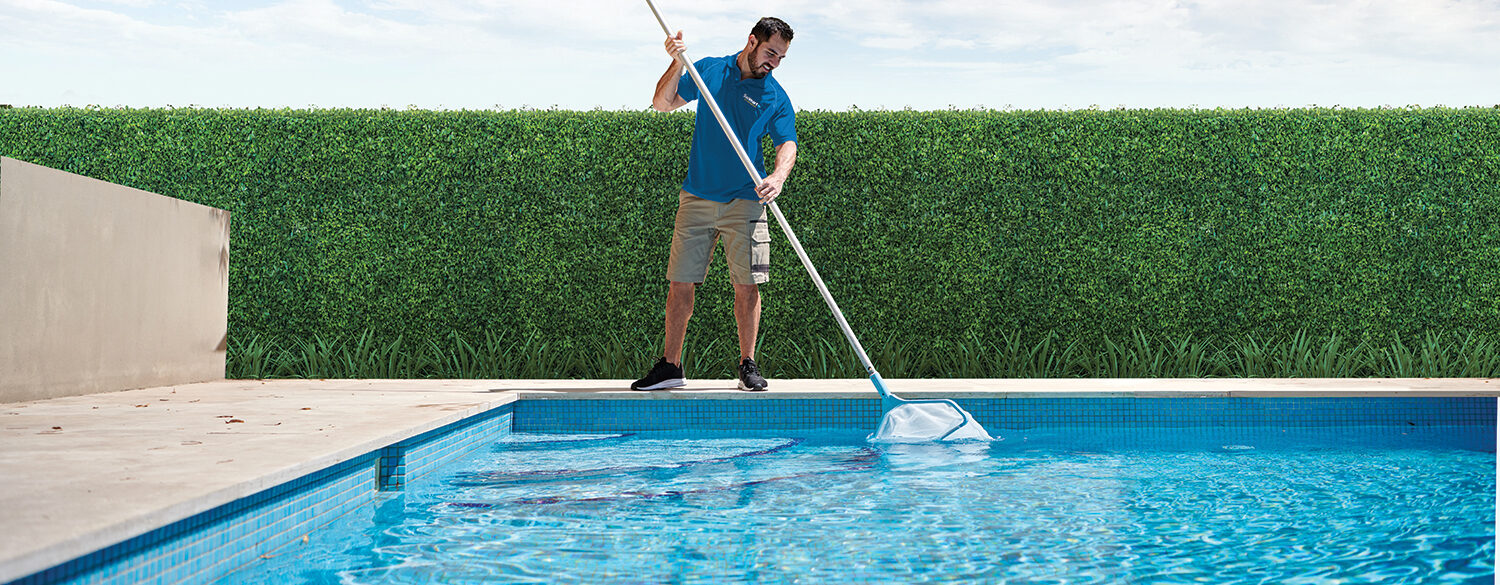General
Water features
11 April 2012
Water features can add an extra delightful element to your garden, creating a calming hub of relaxation and a chic touch of glamour. The sound of water is very relaxing and a great way to hide undesirable sounds like traffic, and in feng shui, water is used as an energy shift.
Water, water everywhere
Today there are myriad options of water features available - from fountains, urns, spheres, ponds, sculptures and rockeries to water walls, waterfalls and sheer descents.
Two very popular options are the sheer descent, which is a blade of water, and the power fall, which is like rain. They can run either horizontally or vertically and they're often in conjunction with pools, set back on a swim out or leisure ledge so swimmers can sit beneath the flow.
And many swimming pools now have water features integrated into them to enhance the ambience of the pool and garden areas.
 First things first
First things first
When planning a water feature, it's wise to consider some practical planning considerations. The first consideration is the right location. Before you dig, be sure to confirm the location of utility lines. Avoid placing it beneath trees which will fill it with leaves and debris.
Take cues from the rest of the property when deciding on shape, as a water feature that mimics shapes found in nature will work well in an informal setting whereas something bold, steel and sculptural is more suited to a modern look.
Get any permits and permissions required by law or your local council. A quick call to council will save a lot of heartache to ascertain their requirements. This may determine distance from property boundaries and neighbours, safety precautions, water or energy saving features and design specifications.
 To add or not to add
To add or not to add
Deciding what goes in your water feature is the next step. Fish will help keep the mosquito population down, although they require moving water for oxygen and some upkeep and feeding. If you prefer water plants, choose a location that will receive at least five hours of direct sunlight a day. The easiest solution is the addition of rocks, pebbles or glass for an attractive effect.
Water features usually require a pump to move water around, depending on the design and function. Any feature involving running, spouting, spilling, bubbling or shooting water will require a pump, as will a pond which requires water to be circulated to keep the water from stagnating. To ensure sparkling clean water, clean the pumps regularly - every two to three months.
With the growing interest in Zen and Oriental aesthetics when it comes to our greenery, simple ponds teeming with goldfish have become a popular addition to the pool area. Free form ponds can be built with rubber liners or similar, which achieves the most natural surround, whereas formal style ponds should be constructed with concrete to stand the test of time.
Safety first
As always, the safety of young children needs to be top of mind when around water. Young children can tragically die in only a few centimetres of water, so be sure your water feature doesn't pose a risk to them. Ideally, it should be out of reach of small children or made inaccessible to them.


 AUS
AUS NZ
NZ 



 First things first
First things first To add or not to add
To add or not to add